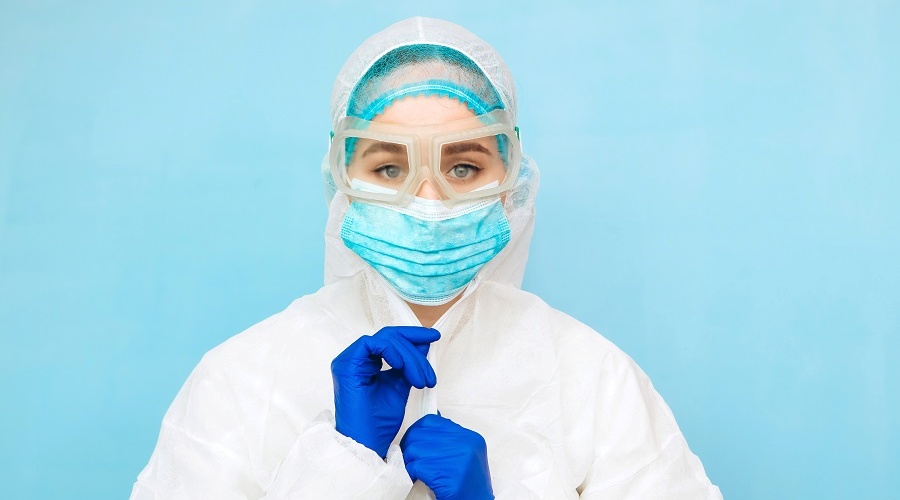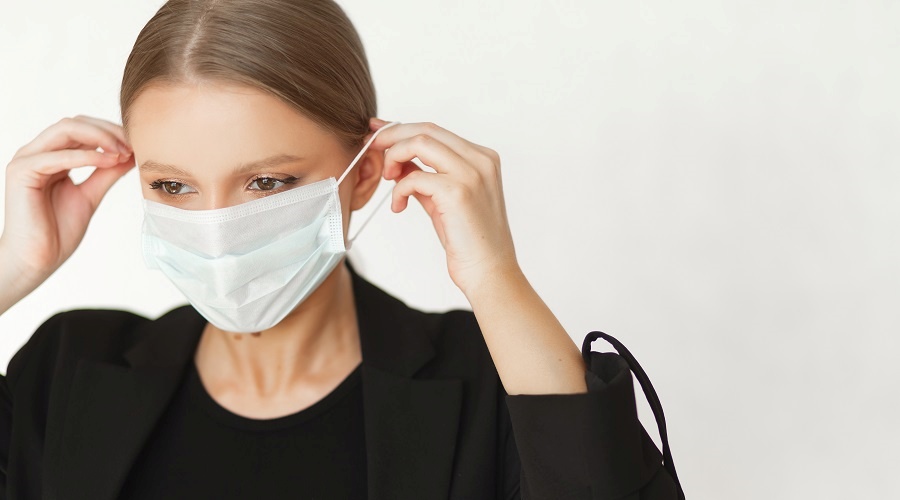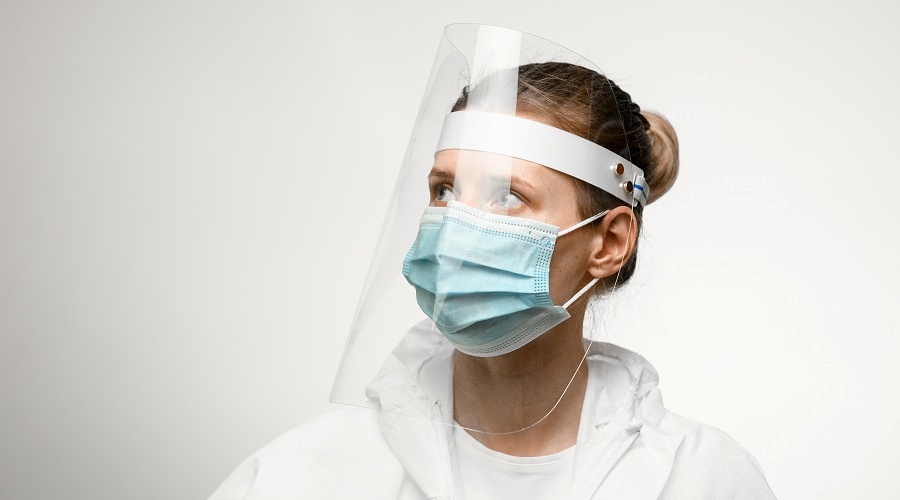One of the ways in which we can actively prevent the spread of COVID-19 in our community is by practicing social distancing and going out only when absolutely necessary, such as when buying food or medicine. But aside from these, what else can we do?
Another way to help prevent the spread of the virus is by wearing personal protective equipment (PPE) such as face masks, face shields, gloves, and clothing. Some of these are used mostly by health practitioners and front liners, while others are used by the general public.
Questions and Answers on Face Masks, Face Shields, and PPE
In today’s post, we have gathered a list of questions and answers about face masks, face shields, and other PPE. These are based on information shared by the Centers for Disease Control and Prevention (CDC), a national public health institute based in the United States.
1. What is Personal Protective Equipment (PPE)?
Personal protective equipment or PPE is a general term referring to special equipment that serve as a barrier between people and germs. In the hospital, everyone — doctors, nurses, patients, and visitors — is required to use PPE to help prevent the spread of germs and illness.
2. What are the different types of PPE?
The four main types of PPE are masks, eye protection, gloves, and clothing.
Masks. These are coverings for the mouth and nose. Studies have shown that masks may help protect against the COVID-19 virus, which is primarily spread through respiratory droplets. There are different kinds of masks, including face masks, surgical masks, and respiratory masks. We will discuss each type of mask and their specific usage in more details below.
Eye protection. These include goggles and face shields that protect the eyes from germs, dust, and fluids that could enter the body. We will discuss face shields in more details below.
Gloves. These serve as a barrier between germs and hands. They are often worn in the hospital by health workers and front liners, and help prevent the spread of germs.
Clothing. These include gowns, aprons, head coverings, and shoe covers. They are usually worn in hospitals by health workers and front liners, especially those who are treating or taking care of infected patients. These are safely disposed to prevent the spread of germs.
3. Who should wear face masks?
Face masks are recommended for the general public, for people who think they might have COVID-19, and for people taking care of COVID-19 patients.
General public. The CDC urges everyone to wear a cloth face mask when out in public or when interacting with others who are not from the same household. This is because some people with COVID-19 are asymptomatic, unaware that they are infected and unknowingly spreading the virus to others.
People who think they might have COVID-19. If you think you might have COVID-19, or have recently been tested and waiting for results, place yourself under home quarantine (or in a quarantine facility, depending on your area’s health protocols). Don’t forget to wear a mask during the times when you may need to interact with others.
People taking care of COVID-19 patients. If you are a health worker or one who is taking care of a patient at home, then wearing a mask is an absolute must. As much as possible, avoid close interaction with patients, wash your hands frequently, clean and disinfect surfaces regularly.
4. Who should NOT wear face masks?
Everyone is urged to wear face masks except for: (a) children who are younger than 2 years old; (b) people who have trouble breathing; and (c) those who are unconscious, incapacitated, or unable to remove masks without help.
5. Should I wear face masks with exhalation valves?
The CDC does not recommend wearing face masks with exhalation valves or vents. This is because respiratory droplets can be exhaled through the valves and infect others. It does not prevent people with COVID-19 from transmitting the virus to others.
6. What about surgical masks?
Surgical masks are loose-fitting masks that are made of material that is resistant to droplets. They are specifically designed to be worn by health workers in medical settings. Surgical masks are also manufactured based on a set standard and are regulated by authorities. It is recommended that they be reserved for health workers and medical first responders.
7. What about N95 respirators?
N95 respirators feature a close facial fit — tightly covering the nose and mouth — and efficient filtration of small particles. Similar to surgical masks, these are manufactured based on a set standard. Some N95 respirators are designed for construction and other jobs that expose workers to small particles, while some are made for use in the health care setting.
The CDC does not recommend members of the general public to use N95 respirators, for the reason that these are critical supplies, which should be reserved for health workers and medical first responders.
8. What’s a face shield? Should I wear one?
These days, we have been seeing more and more people wearing face shields, which are usually made from clear plastic. As mentioned earlier, a face shield serves as eye protection. When used in combination with a cloth face mask, it could serve as ample protection for the general public whenever they have to go out or interact with others.
Notably, wearing a face shield could be a better alternative in certain situations. For instance, if you are living with a person who is deaf or has hearing difficulties — and “listens” by lip reading — then wearing a face shield would be preferred to wearing a face mask.
Of course, using a face shield requires extra care and hygiene practices. After removing your face shield, don’t forget to wash your hands and avoid touching your eyes, mouth, and nose. Clean and disinfect your face shield after every use, based on the manufacturer’s instructions. Also, keep in mind that face shields are not recommended for newborn babies and infants.
DISCLAIMER: The above guide is presented for information-sharing purposes only. To learn more about the different types of personal protective equipment (PPE) and how to use them, please visit the official website of the Centers for Disease Control and Prevention (CDC).
Now that you know a little bit more about each type of PPE, we hope that you can better protect yourself and your loved ones, while remaining aware of critical supplies that must be reserved for health care workers. At the same time, don’t forget to practice social distancing, frequent hand washing, cleaning and disinfection of surfaces, and other health measures.
READ NEXT: Tips for Travelers to Prevent the Spread of COVID-19


